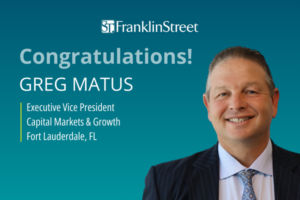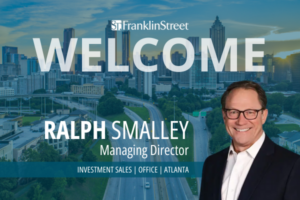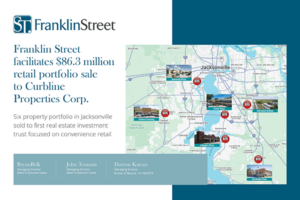The overall snapshot is that Atlanta’s economy is on a growth tract in terms of employment and corporate growth, and has definitely rebounded from the recession and its previous overbuilding. Economic growth and the current lack of speculative development are driving the improvement in the retail market. Rental rates, occupancy levels, absorption, leasing momentum and pricing are increasing. In addition, new retailers are entering or looking to enter the market. However, the retail market’s improvement varies across the metro region.
Vacancy and Rental Rates
Due to positive absorption and leasing momentum in both vacant and sub-lease space, the overall occupancy rate and average rental rate for Atlanta’s retail inventory have been increasing. According to CoStar’s third quarter retail market update, the overall vacancy rate is now down to 9.9 percent and the average rental rate is $12.78 per square foot.
However, when you break it down by submarket and property types, rental rate and occupancy gains vary significantly. Quality shopping centers in strong submarkets and locations have experienced very strong gains, yet Class B and C centers and those located in certain submarkets are still lagging the overall market.
The Buckhead, Central Atlanta, Central Perimeter and Georgia 400 submarkets are posting above average occupancy levels and rental rates, whereas the South Atlanta, South Cobb, South and West Metro areas are generally underperforming the overall market. The positive is that landlords of quality centers will see revenue growth as leases executed during the recession expire and are released at higher rental rates.
New development activity is gaining momentum, but at this time is mostly pre-leased or build-to-suit. Three major development projects are great examples of new development activity – Buckhead Atlanta, Avalon and Ponce City Market. Major big-box-anchored development is limited as the large tenants continue to progress very slowly. Many are struggling with how consumer’s shopping patterns are shifting between brick-and-mortar stores and online retail, the exception being retailers in the sporting category such as Academy Sports + Outdoors.
Sprouts Farmers Market, Earth Fare and Walmart Neighborhood Market are driving new grocery-anchored development. Give the competition for viable retail developments, many developers are focused on smaller strip centers with national retailers like Aspen Dental or Mattress Firm, or mixed-use projects. Tenant categories that are growing in Atlanta include organic grocers like Sprouts, sporting good related retailers such as Dick’s Sporting Goods and Cabelas, and quick-serve restaurants.
Investment Sales
Due to significant investment capital demand and low interest rates, cap rates continue to drop, causing investors to accept additional risk or consider lower-quality centers. More than 50 shopping centers have sold for at least $8 million so far in 2014 in the Atlanta metro area. Major transactions include the sale of the Forum at Peachtree Parkway, The Shoppes at Webb Gin, Tuxedo Festival, Peachtree Square North and Conyers Crossroads. The Forum and The Shoppes at Web Gin traded at low 6 percent cap rates, and Tuxedo Festival sold at more than $500 per square foot.
A number of the investment groups that purchased shopping centers had joint venture partners. Active buyers included AEW Capital, Olshan Properties, PE | ARC, Publix, ARCP AmREIT, Sterling Organization, Slate Properties, BIG, Hendon Properties and TA Associates.
Gary Saykaly is a senior director with Franklin Street Real Estate Services and is focused on joint ventures and retail investment sales of anchored centers throughout the Southeast.
View PDF



